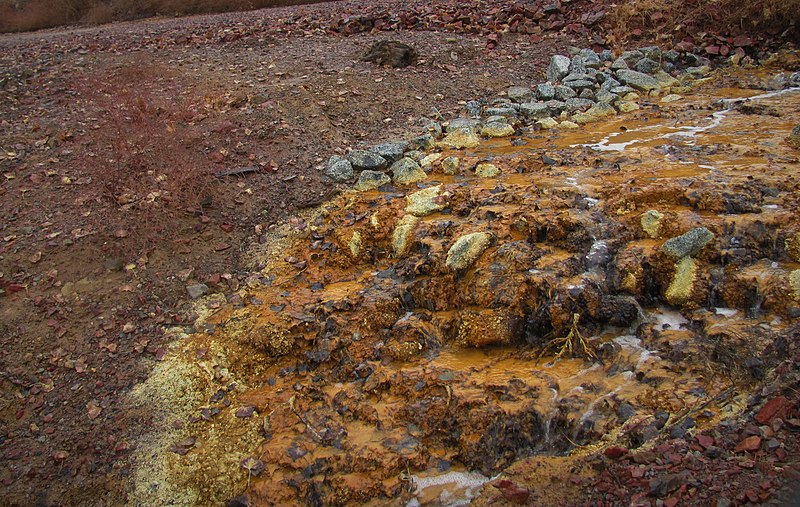Toxic heavy metal Mercury (Hg) is a global pollutant that affects human and ecosystem health. Though it occurs naturally in the earth’s crust, human activities such as mining and combustion of coal add mercury to the environment. Once in the air, it settles into water or onto land where it can be washed into the water and enters the food chain.
Now researchers from the University of Maryland have found that a fungus that grows naturally throughout the world can remove mercury from the ground around plant roots, and fresh and saltwater.
An inexpensive and efficient way to detoxify mercury-laden soil and waterways
Scientists have long known that the fungus Metarhizium robertsii is often one of the only living things found in toxic soils near mercury mining areas. But no study was done to determine how this fungus survived in mercury-polluted soils, or its impact on the plants the fungus lives with.
The researchers also genetically engineered the fungus to amplify its mercury-detoxifying effects.
In various laboratory experiments, the researchers found that corn infected with Metarhizium grew just as it was planted in clean soil. No mercury was found in the plant tissues of infected corn grown in polluted soil.
The researchers then genetically modified the fungus and found that plants treated with a genetically engineered version of the fungus grew bigger. Researchers were able to clear mercury from fresh and saltwater within 48 hours by mixing in Metarhizium in their final experiment.







